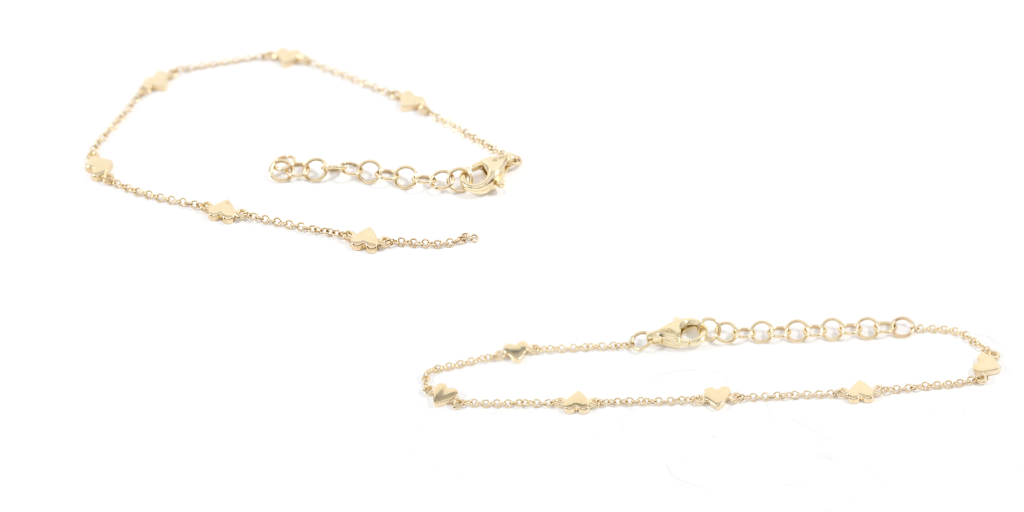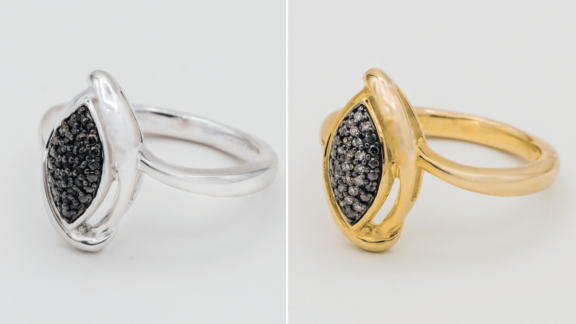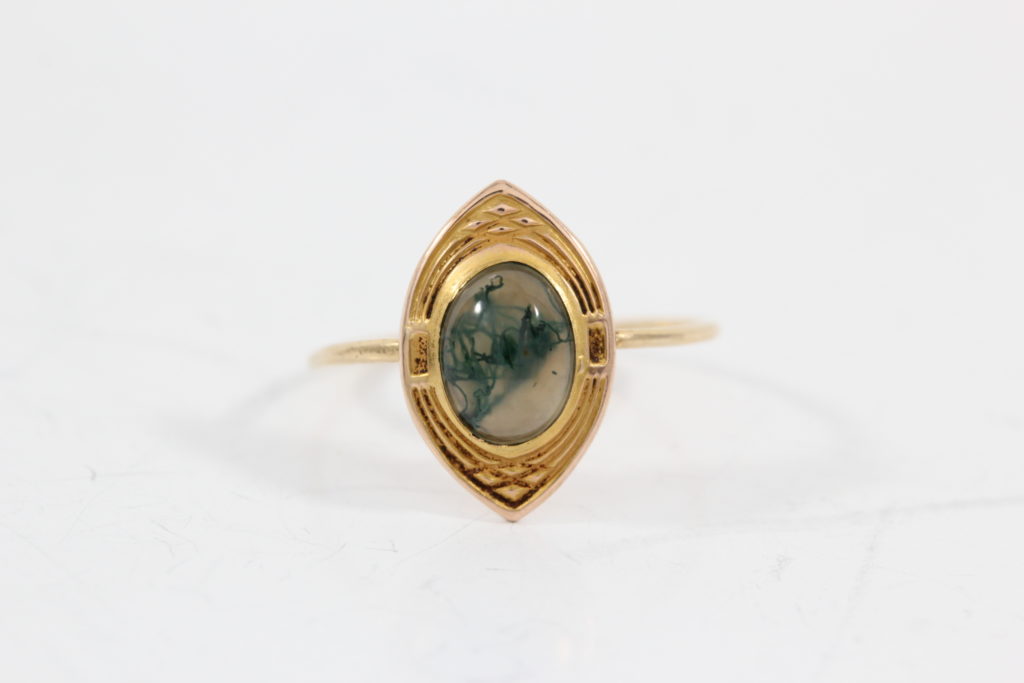Designer Jewelry: How to Repair It
Written by Annabelle
January 20, 2020

Designer jewelry, or branded jewelry, is a quintessential part of anyone's wardrobe. After all, you're wearing a lovely piece that's associated with a renowned design house- so how exactly do you fix it when it starts falling apart? Read more to learn about designer jewelry repair.
What Is Designer Jewelry?
While designer jewelry is a term that can be applied to any kind of jewelry, it actually refers to jewelry made by big fashion brands, such as Chanel or Gucci. Another term that people tend to use is “branded jewelry.”
Unlike fine jewelry and costume jewelry, designer jewelry is not defined by the materials that are used to make it. As a result, there is fine designer jewelry, and costume designer jewelry. This is important to keep in mind, as the metals and stones in the piece will affect the repair process.
The Process of Repairing Designer Jewelry
- Evaluation: Upon receiving the piece, the jeweler has to evaluate the piece. The following details are taken into account:
- Category: Is the piece fine or costume jewelry? Fine jewelry is made from sterling silver, gold, or platinum. Costume jewelry is usually made from plated base metals, such as copper, brass, or bronze. Fine metals are comparatively easier to work with than costume; base metals tend to heat up very easily and are unpredictable, which makes the repair process risky.
- Stones: Glass and plastic stones, commonly found in costume jewelry, are susceptible to burning if exposed during the soldering process. The jeweler has to take this into account to avoid any damage to the piece.
- Plating: If the item is plated, any work may cause discoloration as tools and heat will remove the plating in the area of repair. The item will need to be touched up during the finishing process.
- Damage: What kind of work does the piece need? If it's a broken earring, soldering will be necessary. If a part of the design is falling off, can it be soldered or fixed with epoxy? The jeweler needs to look at what needs to be done and carefully choose the best course of action.
- Repair: Once the jeweler has completed their assessment, it's time for the repair work. Since the process differs from piece to piece, here's a list of the most common designer jewelry repairs.
- Broken earring post: When the back of an earring snaps off, most people get extremely upset because they think it's irreparable. Earring posts are actually quite easy to fix; the jeweler simply takes the original piece or a new post and solders it back on. Items that have glass and plastic stones or plating can be a bit tricky to solder because they cannot take the heat; as a result, the jeweler must exercise caution when repairing costume designer jewelry.
- Stone replacement: Many pieces lose stones over time, especially accent cubic zirconia stones or lower-grade rhinestones. The jeweler can source a replacement that matches the stones in the design, and set the stone. For costume piece, the jeweler may decide to fix the stone in place with jeweler's epoxy.
- Chain soldering: Chains are always prone to breaking, but there's nothing a little solder won't fix. The jeweler takes a bit of solder and uses it as a glue to connect the two broken pieces. On occasion, plated chains will need a bit of re-coloring with an electroplating pen after work.
- Finishing: After the repair work, the items are put through the finishing process, which includes polishing, cleaning, and additional services.
- Polishing: Any rough or sharp bits of metal are thoroughly buffed, and scratches from the repair process are removed. If the item has a particular finish, such as a matte exterior, the polisher can reapply it.
- Cleaning: Most jewelry can be washed using an industry-grade ultrasonic cleaner, which is a tank that uses bubbles to remove dirt. However, it's not recommended for costume jewelry because the water will loosen any glue-set stones and cause them to fall out.
- Plating: Items that were gold or rhodium plated need to be re-plated after work. It's important to note that plating should happen after polishing and cleaning; any scratches on the item that aren't removed prior to plating will cause it to look uneven and bumpy. Certain designers such as David Yurman often apply black rhodium or antiquing to small details in order to make them pop. Polishing and cleaning will remove those details, causing the jeweler to reapply it after work.
 This ring was plated with 18k yellow gold
This ring was plated with 18k yellow gold
You're up-to-date on designer jewelry repair now! Get started with some of our services below.







